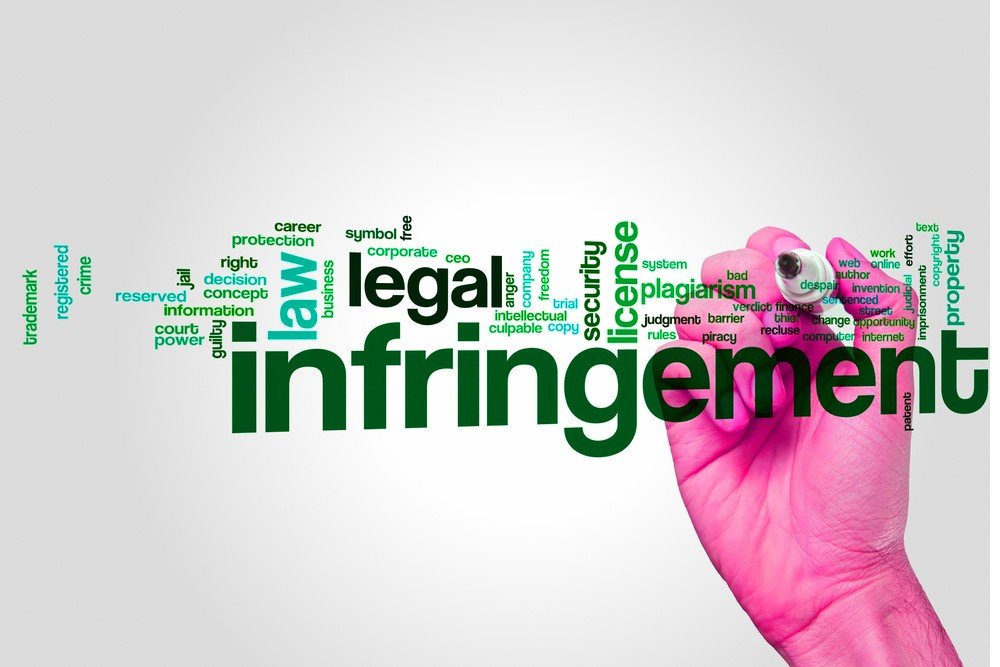Global Perspectives on Intellectual Property Protection

In today’s interconnected world, the concept of intellectual property (IP) protection holds significant importance across various industries and sectors. From innovative technologies to creative works, safeguarding intellectual property rights is crucial for fostering innovation, promoting economic growth, and ensuring fair competition. This article explores the global landscape of intellectual property protection, highlighting key perspectives, challenges, and strategies employed on a global scale.
Table of Contents
ToggleIntellectual Property (IP) Protection
What is Intellectual Property?
Intellectual property refers to creations of the mind, including inventions, literary and artistic works, designs, symbols, names, and images used in commerce. It encompasses various forms of intangible assets that can be legally protected through patents, copyrights, trademarks, and trade secrets.
Importance of IP Protection
Effective IP protection encourages innovation and creativity by providing incentives for individuals and organizations to invest in research and development. It also enables creators and inventors to benefit from their creations, thus fostering economic growth and competitiveness.
Global Perspectives on Intellectual Property Protection
Different Approaches to IP Protection Worldwide
Countries around the world have adopted different approaches to intellectual property protection, influenced by cultural, economic, and legal factors. While some nations prioritize strong enforcement measures and strict regulations, others focus on promoting innovation through flexible intellectual property laws.
International Agreements and Treaties
To promote harmonization and cooperation in intellectual property matters, various international agreements and treaties have been established. These agreements, such as the Berne Convention for the Protection of Literary and Artistic Works and the Agreement on Trade-Related Aspects of Intellectual Property Rights (TRIPS), aim to establish minimum standards for IP protection and facilitate international trade.
Intellectual Property Laws in Key Regions
North America (USA and Canada)
In North America, intellectual property laws are well-developed and comprehensive, providing strong protection for patents, copyrights, and trademarks. The United States and Canada have established specialized courts and agencies to handle intellectual property disputes efficiently.
European Union
The European Union has implemented a unified system for intellectual property protection, including the European Patent Office (EPO) and the European Union Intellectual Property Office (EUIPO). The EU also enforces strict regulations on trademarks and copyrights through directives and regulations.
Asia-Pacific Region
Countries in the Asia-Pacific region, such as China, Japan, and South Korea, have emerged as major players in intellectual property protection. These countries have strengthened their IP laws and enforcement mechanisms to combat counterfeiting and piracy effectively.
Latin America
In Latin America, intellectual property laws vary significantly across countries, with some nations implementing comprehensive IP regimes and others facing challenges in enforcement. However, regional initiatives such as the Andean Community and Mercosur aim to harmonize IP laws among member states.
Read More: Intellectual Property Management Strategies for Businesses
Challenges and Controversies in IP Protection
Counterfeiting and Piracy Issues
Counterfeiting and piracy remain significant challenges in intellectual property protection, causing economic losses and undermining consumer safety. The proliferation of counterfeit goods and digital piracy poses threats to industries such as pharmaceuticals, entertainment, and technology.
Patent Wars and Litigation
The rise of patent wars and litigation has sparked controversies in the intellectual property landscape, particularly in industries with high levels of innovation and competition. Disputes over patent infringement and intellectual property rights often result in costly legal battles and hinder technological progress.
Access to Medicine and Technology
Balancing intellectual property rights with public health concerns is a complex issue, particularly in the context of access to essential medicines and technologies. Debates surrounding patent protection for pharmaceuticals and medical innovations highlight the need for equitable and sustainable solutions.
Strategies for Effective IP Protection
Registration and Enforcement
Registering intellectual property rights and enforcing them through legal means are essential strategies for effective IP protection. Obtaining patents, copyrights, and trademarks provide legal recognition and exclusive rights to creators and inventors, while enforcement actions deter infringement and piracy.
Technology and Innovation
Advancements in technology play a crucial role in enhancing intellectual property protection, offering new tools and solutions for detection, prevention, and enforcement. Technologies such as blockchain, artificial intelligence, and digital rights management systems help safeguard intellectual property assets in the digital age.
Education and Awareness
Raising awareness about the importance of intellectual property rights and educating stakeholders about IP laws and regulations are key components of effective IP protection strategies. Collaborative efforts involving government agencies, industry associations, and educational institutions help promote respect for intellectual property and discourage infringement.
Future Trends in Intellectual Property Protection
Emerging Technologies
The rapid pace of technological innovation continues to shape the future of intellectual property protection, with emerging technologies such as 3D printing, biotechnology, and quantum computing presenting new challenges and opportunities. Adapting IP laws and enforcement mechanisms to address these developments is crucial for maintaining a robust IP system.
Policy and Regulation Changes
Changes in global policies and regulations, including revisions to intellectual property laws and international agreements, will impact the landscape of IP protection. Addressing emerging issues such as data privacy, cybersecurity, and cross-border enforcement requires proactive measures and international cooperation.
Global Cooperation Efforts
Enhancing global cooperation and coordination in intellectual property matters is essential for addressing cross-border challenges such as counterfeiting, piracy, and patent disputes. Collaborative initiatives among governments, intergovernmental organizations, and industry stakeholders promote knowledge sharing, capacity building, and harmonization of IP standards.
Read More: Ethics in Intellectual Property: A Look at Rights
Conclusion
In conclusion, intellectual property protection plays a crucial role in fostering innovation, creativity, and economic growth on a global scale. By implementing effective strategies, addressing emerging challenges, and promoting international cooperation, stakeholders can ensure the continued advancement and protection of intellectual property rights in the digital age.
FAQs
What is intellectual property (IP) protection?
Intellectual property protection refers to safeguarding creations of the mind, such as inventions, literary and artistic works, designs, symbols, names, and images used in commerce.
Why is the global perspective important in IP protection?
Global perspective ensures harmonization of IP laws, facilitates cross-border enforcement and encourages innovation and creativity on a global scale.
What are the key components of global IP protection?
Key components include patents, trademarks, copyrights, and trade secrets, each offering distinct protection for various types of intellectual property.
How does international cooperation benefit IP protection?
International cooperation enhances information sharing, enforcement efficiency, and the development of common standards, fostering a conducive environment for innovation and economic growth.
What challenges arise in global IP protection efforts?
Challenges include differing legal frameworks across jurisdictions, enforcement disparities, emerging technologies, and issues related to digital piracy and counterfeiting.












One Comment